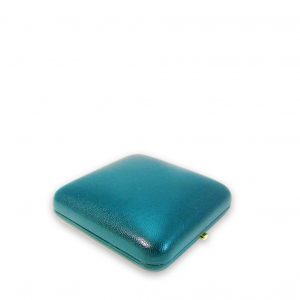Description
Designed by Mihály Pollack in neoclassical style, the Hungarian National Museum was erected between 1837 and 1847. Its collections present relics from Hungarian history. It was founded in 1802, as the third national museum in Europe. Ferenc Széchényi had to apply to Emperor Francis I for permission to establish the museum. Széchenyi donated his own collection from his palace at Nagycenk to the nation and its museum. The date of the Emperor’s permission (1802) is considered the date of founding. The figures of the tympanum on the buildings facade were designed by the Bavarian sculptor Ludwig Schaller and the statuary ornaments were carved by Italian sculptor Rafael Monti. Since 1875, allegorical frescos created by Károly Lotz and Mór Than have adorned the ceilings and walls of the main stairway. The National Museum played a particularly important role during the period of the 1848-1849 Revolution. On 15 March 1848, Sándor Petőfi read his poem Nemzeti dal (National Song) on the square in front of the building, and the upper house of the national parliament also held its meetings in the Museum in 1848. These events made the Museum a symbol of national independence.







